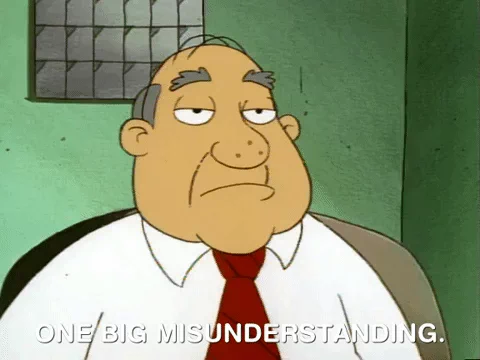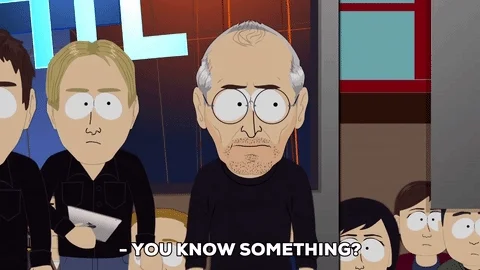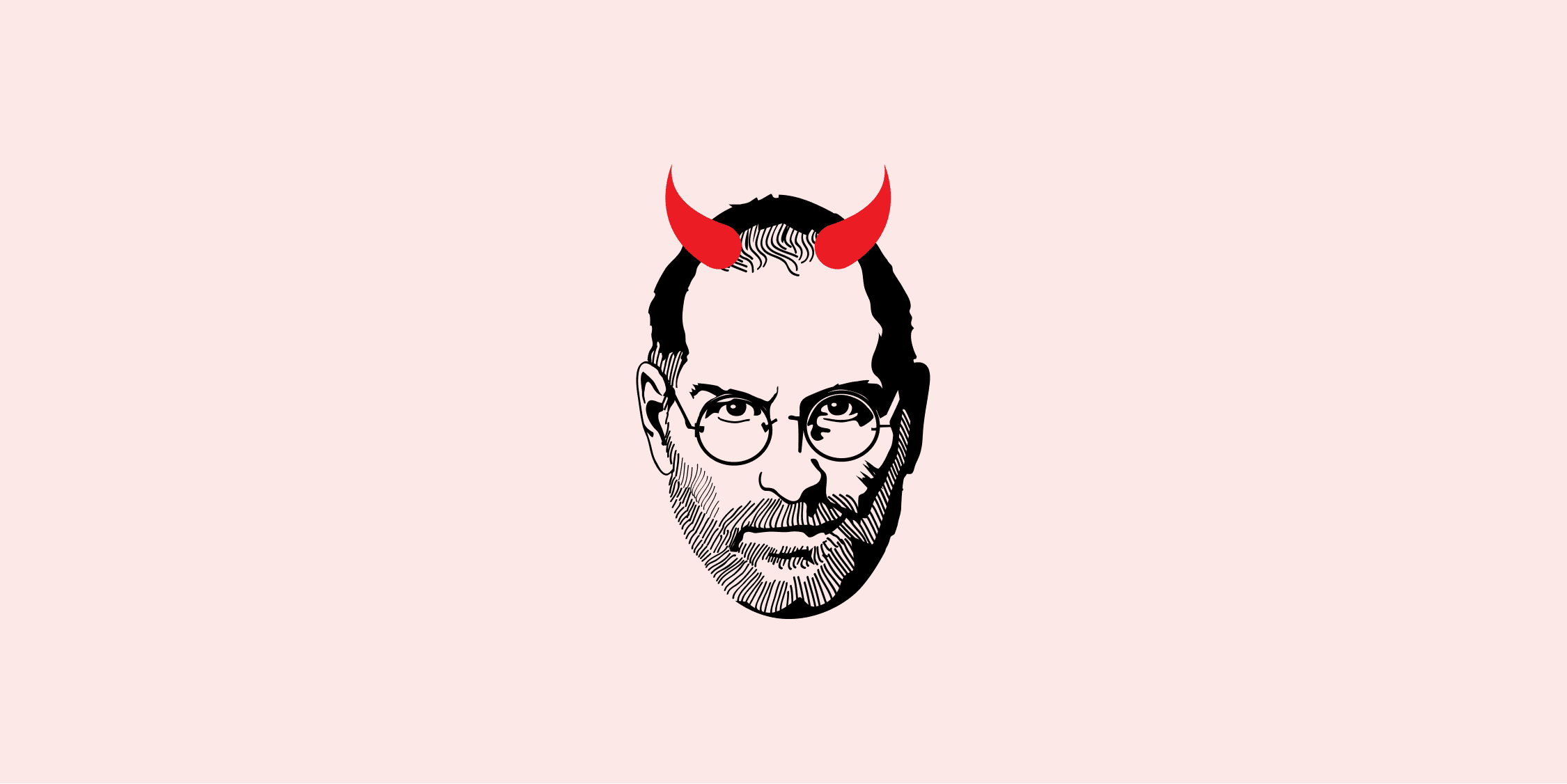Why founders and managers should stop embracing the misinterpreted legacy of Steve Jobs?
Leaders who emulate his roughness without understanding his ability to generate loyalty make a dangerous mistake. I have seen many leaders glorifying and embracing the extreme traits of steve jobs. Believing if they do so, they can build the next Apple.
This article is not about Steve’s negativity but about his legacy being misinterpreted. Yelling at people for their silly mistakes and feedback, diverting to personal matters and considering it a high-standard behavior. People love to write about this part of Steve, his craziness.
Here are a few extreme traits we constantly hear or read about Steve’s personality
- Brutal feedback, harsh and abusive
- Obsession with Perfectionism
- Pushing people to their extreme limits
- Hijacking the meetings, becoming a pain in the neck for the teammates
- Non-collaborative mindset, going with the personal choice (gut) without listening to others
- Firing people over small elevator conversations

Numerous articles indicate why Steve is a bad leader. I am not going there. Steve is still an inspiration for his work and achievements.
I’ve been frustrated that the stories about him tend to focus so narrowly on his extreme traits and the negative, challenging aspects of his personality.
Dear friends, a few of these traits made Steve get fired from his own company. Then, Steve was young, inexperienced, less emotional and less of a social persona.
I read the book Creativity Inc. written by Pixar’s Ed Catmull (CEO of Pixar), who worked with Steve for 26 years. The author talks about Steve’s relationship with him and Pixar’s team. There’s an entire chapter dedicated to Steve in the book. In his Pixar journey, Steve drew many inspirations like Storytelling, presentation and prototyping, which he used in Apple’s success.
In these learnings, many exciting things unfolded about Jobs’ personality and how it got better through his arc of life with his age and experience.
“When I first met him, he was frequently dismissive and brusque.
During the time I worked with Steve, he didn’t just gain the practical experience you would expect to acquire while running two dynamic, successful businesses; He also got smarter about when to stop pushing people and how to keep pushing them, if necessary, without breaking them.
He became fairer and wiser and his understanding of partnership deepened largely because of his marriage to Laurene and his relationships with the children he loved so much.
“I worked with Steve for more than a quarter-century – longer, I believe, than anyone else – and I saw an arc to his life that does not accord with the one-note portraits of relentless perfectionism I’ve read in magazines, newspapers and even his authorized biography,” Catmull said.
Relentless Steve – the boorish, brilliant, but emotionally tone-deaf guy that we first came to know – changed into a different man during the last two decades of his life.

Underrated leadership lessons from Steve Jobs
Here are my learnings after trying to understand steve’s personality better through various resources than mainstream media that only emphasizes his extreme traits. It’s inspiring.
1. Tolerate only “A” players
Apple was like a close-knit family to Jobs: his top performers tended to remain with the company longer and have greater loyalty than other companies, even those led by more gentle leaders.
It’s important to appreciate that Jobs’s rudeness and roughness were accompanied by an ability to be inspirational. He infused Apple employees with an abiding passion for creating groundbreaking products and believing they could accomplish what seemed impossible.
Ask any member of that Mac team. Most of them do. They will tell you it was worth the pain.” “He would shout at a meeting, ‘You asshole, you never do anything right,'” Debi Coleman recalls. “Yet I consider myself the absolute luckiest person to have worked with him.”
He respected his team’s determination; he didn’t tell them how to do their work or come in and impose his will. Even when they were unsure how to reach their goal, their passion was something Steve recognized and valued.
2. Disagree, do not argue
Ed Catmull mentions a behavior he developed to work with Steve. Ed would present him with facts and Steve may reject Ed’s proposal and this would play out sporadically over months until he either agreed with Ed, Ed agreed with him, or they reached an impasse and Ed got his way anyway. Steve and Ed have decided to disagree, not argue.
He never questioned technical choices – he would give opinions (which inevitably ended up being brilliant), but he never forced people to follow his path.
3. Crave for extreme simplicity
With Steve’s zenlike ability to focus, he also had the instinct to simplify things by eliminating unnecessary components. “Simplicity is the ultimate sophistication,” declared Apple’s first marketing brochure.
“That’s been one of my mantras — focus and simplicity. Simple can be harder than complex: You have to work hard to get your thinking clean to make it simple. But it’s worth it in the end because once you get there, you can move mountains.” — Steve Jobs.
4. Question everything
Steve often told interviewers that he had always questioned everything. For example, he questioned his religious beliefs when he saw starving children. He advised people to question rules and assumptions. This questioning was the foundation for many of his most creative ideas. That should inspire us when we examine how we live and work. If we continuously question why something is always done in a certain way, we are well on the way to success.
5. Balance – logic and emotion
It wasn’t that passion trumped logic in Steve’s mind. He was well aware that decisions must never be based on emotions alone. But he also saw that creativity wasn’t linear, that art was not commerce and that to insist upon applying dollars-and-cents logic was to risk disrupting the thing that set us apart. Steve put a premium on both sides of this equation, logic and emotion and maintaining that balance was key to understanding him.
We think of emotion and logic as two distinct, mutually exclusive domains. Not Steve. From the beginning, passion was a crucial part of his calculus when making decisions. At first, he often elicited it in a ham-handed way by making extreme or outrageous statements and challenging people to respond.
6. Let go of things that didn’t work
Steve had a remarkable knack for letting go of things that didn’t work. If you were in an argument with him and convinced him that you were right, he would instantly change his mind. He didn’t hold on to an idea because he had once believed it to be brilliant. His ego didn’t attach to the suggestions he made, even as he threw his total weight behind them.
People often place too much significance on the source of an idea, accepting it (or not criticizing it) because it comes from Steve or a respected director. But Steve had no interest in that kind of affirmation. He had a trick to shift the emphasis in any meeting away from the source of an idea and onto the idea itself.
7. Let creativity thrive
In 1986, Steve funded loss-making Pixar, which used to make software and hardware animation devices. On one side, the Pixar software was excellent and making successful. But, on the other, the Pixar computer sucked. Plus, it was too expensive. To put it simply, Pixar sold expensive computers that nobody wanted.
He gave up all of his earnings; to be precise, he burnt nearly $60m out of the $100m he made via Apple. He did so because he saw the endless passion in Pixar’s team to build the first computer-animated movie. The rest of Pixar’s story is history.
Recently published book Apple after Steve, Jony Ive’s (Apple’s ex-head of design) relationship with Jobs.
The iMac’s success cemented Jony Ive’s relationship with Jobs. They discovered overlapping design sensibilities, each favoring a minimalist philosophy: Keep it simple. They also balanced each other’s personalities. Whereas Jobs was voluble, direct and insistent, Jony Ive was quiet, steady and patient. They ate lunch together regularly and Jobs visited the design studio almost daily.
Even so, Jobs considered Jony Ive the company’s second-most powerful executive. He thrust the design team to the forefront of Apple’s product development process, ensuring it played a central role in the iPod, iPhone and iPad.
These stories show how much Steve valued creativity and gave all of it to achieve the impossible.

Conclusion
To conclude my notes, I quote a few lines by Naval Ravikant on a podcast.
“What can someone learn from so and so person? Nobody should be put on a pedestal. Every human being is completely screwed up and messed up in different ways. You are ingesting their garbage by looking at someone and saying I will follow her habits of doing this. Time is better spent while examining our own life.
You can admire Elon Musk and Steve Jobs while knowing that you don’t need to be like them.
Resources
https://www.entrepreneur.com/article/393377
https://hbr.org/2012/04/the-real-leadership-lessons-of-steve-jobs
https://www.lifehack.org/343539/10-things-can-learn-from-steve-jobs
https://www.lifehack.org/articles/productivity/13-inspiring-life-lessons-from-steve-jobs.html
https://www.nytimes.com/2022/05/01/technology/jony-ive-apple-design.html

Leave a Reply